Most people think rheumatism synonymously with ageing as our daily experience show aches and pain of the joints or body often occur in older people. We do see younger people, those aged younger than 35 years having joint problems but most can or will attribute their symptoms to over-exertion or some form of injury. Indeed, the term “rheumatism” delivers a very different connotation to different people. For the lay person, it will mean “ache and pain” of the body without very much explanation due to its causes.
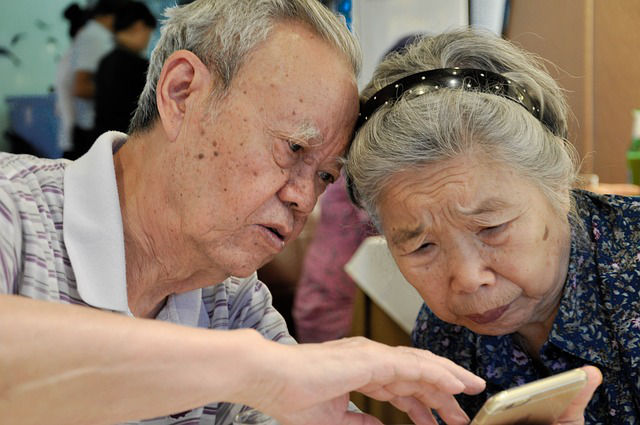
In the Chinese community, rheumatism is often loosely translated to be feng shi 风湿 (mandarin), fong sap (Cantonese) or fong sip (Hakka) – meaning “wind” and “dampness” in English. In medical term, soft tissue rheumatism is used to categorise condition arising not from the joint per se, but may be from surrounding structures such as tendons and ligaments capsules of the joints or bursa (sac around the tendons).
Rheumatic diseases can affect various organs such as the heart (i.e. rheumatic heart diseases) but more frequently, they point to diseases of the joints such as those arthritis (inflammation of the joints) e.g. rheumatoid arthritis, sero-negative inflammatory arthritis / spondyloarthropathy, osteoarthritis, crystals related arthritis (the most common being gout) and many other more.
As with the prejudice that “rheumatism” only occurs in the older age, many people in the younger or middle age group (20 to 40s) do not seek treatment. While most self-medicate, some accept the symptoms such part and parcel of growing older and hoping that the symptoms will go away. They learn to live with it. Indeed “living with arthritis” is one the patient empowering methods bone specialists such as orthopaedic surgeon and rheumatologists advocate but AFTER the diagnosis has been worked up and the treatment plan layout.
For more information on the different types of Arthritis, go to Types of Arthritis.
Treatment
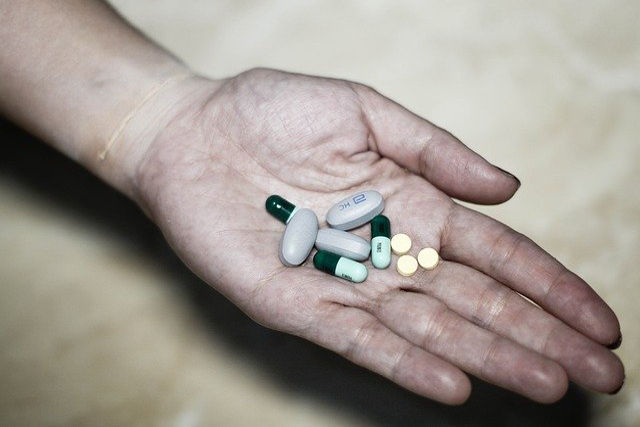
Treatment should be targeted to the underlying cause but most conditions will improve with a short course of anti-inflammatory drugs e.g. NSAIDS. These can either be applied topically (plaster, cream), oral tablets or even intramuscular injection (for acute pain). Another anti-inflammatory drug commonly used is steroids which have a profound effect on joint inflammation but its prolonged usage has its side effects, hence it should be directed by a doctor. Other useful adjunctive therapies are splints, ergonomic evaluation, resting or icing the joints during the acute inflammatory phase.
Conclusion
Aches and pain may seem innocuous and nagging but they may be the warning signs our body is trying to tell us. To attribute these symptoms as a sign of age may not be wise. One advice is that if these symptoms are prolonged and interfere with daily activities and work, then it is good to seek help. Delay in instituting treatment may lead to permanent joint damage as in the case of inflammatory arthritis.
This article is contributed by Dr Chong Yong Yeow, Specialist in Rheumatology & Consultant, Raffles Internal Medicine Centre.
If you find this article useful, do click Like and Share at the bottom of the post, thank you.
Want to be heard and seen by over 100,000 parents in Singapore? We can help! Leave your contact here and we’ll be in touch.









































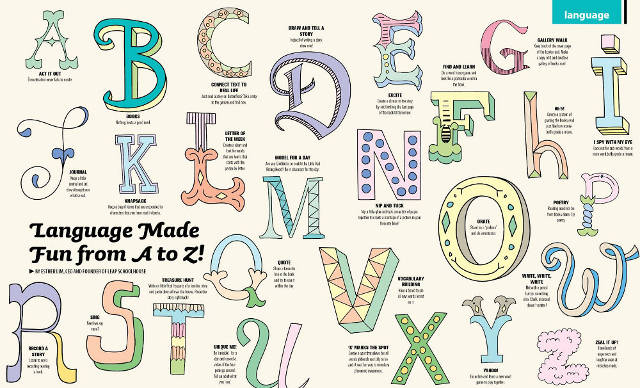




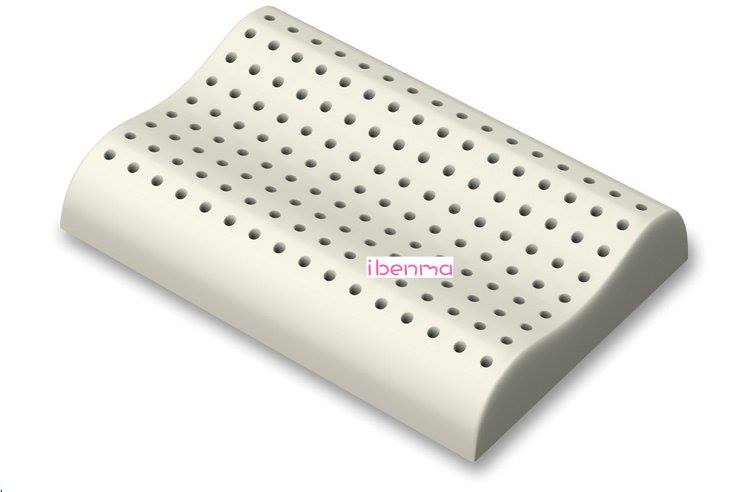

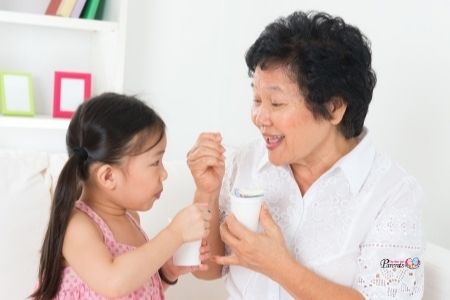



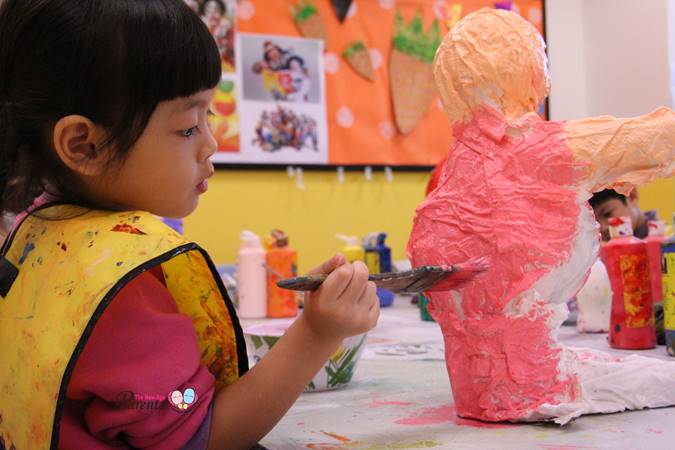







Leave a Comment: